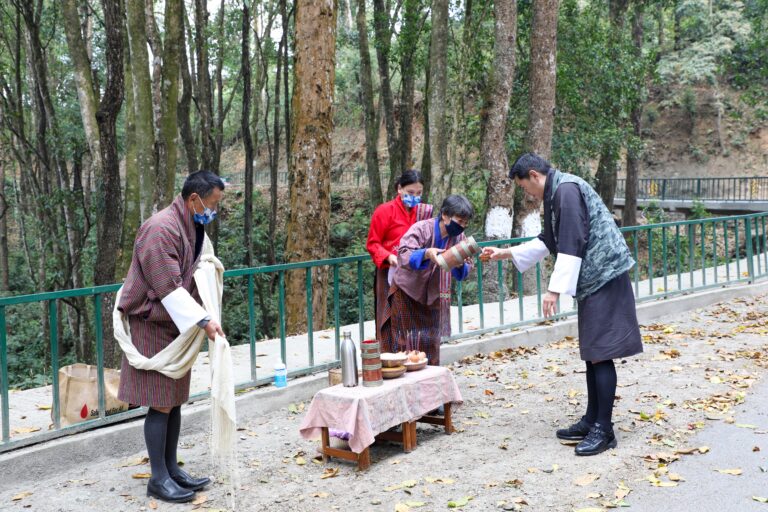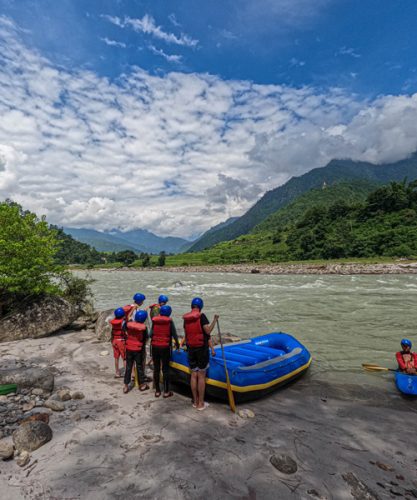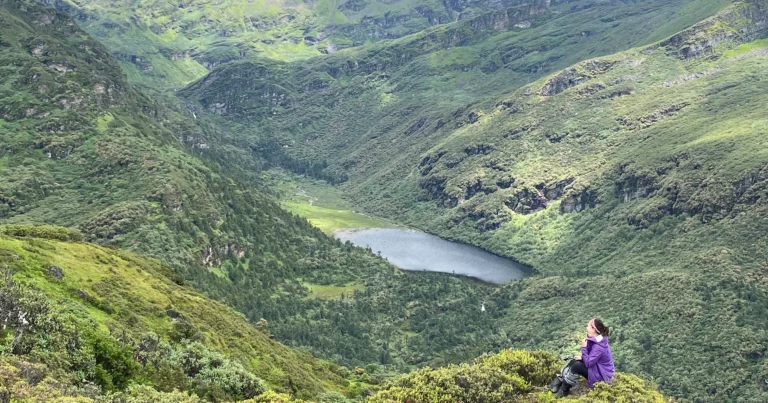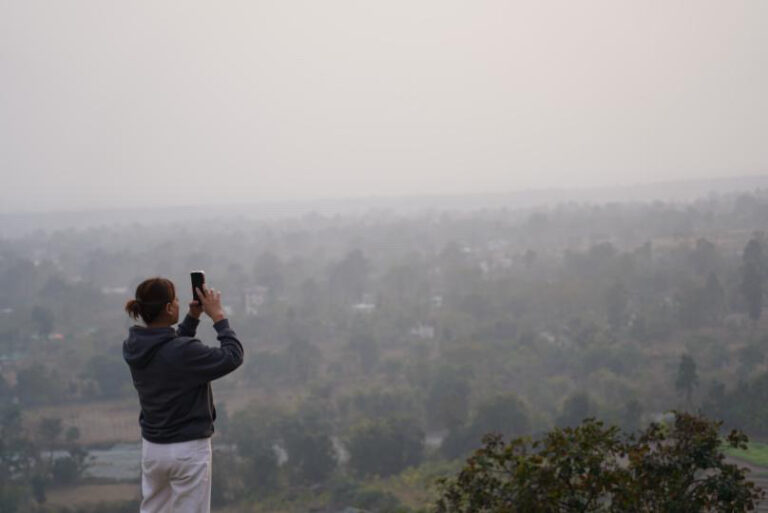CLIMATE CHANGE THREATENS THE GROWTH OF MEDICINAL HERBS IN BHUTAN
Bhutan was once also known as ‘Menjong Gyalkhab,’ the land of medicinal plants. The landlocked kingdom is home to more than 7000 species of plants. Today, at least 300 species of these plants are commonly used by practitioners in the country for preparing medicines.
Under the command of the third king of Bhutan, the first indigenous dispensary was established in 1968 to preserve and strengthen the age-old culture and tradition of making indigenous medicines intended to benefit the sick and justifying the country’s name,’ Menjong Gyalkhab.’
Later, the indigenous dispensary was upgraded to the National indigenous Hospital in 1979, located in Kawajangsa. Today it is known as the National Institute of Traditional Medicine to strengthen and promote the traditional system of medicine in the country.
Lingzhi region has been the medicinal plant collection center for Bhutan’s Ministry of Health and National Tradition Medicine hospital for more than 48 years. Some other places where the high- altitude medicinal plants are collected are Soe, Naro & Dagala under the Thimphu district, and in Bumthang high altitude plants are found in Chekortey and Gangkar Phuensem region. Simultaneously, some farmers of Ura and Chumey grow cultivated medical plants.
In terms of low altitude medicinal plants, Langthel under Trongsa district grows around 30 species, and in the east, Minge gewog in Lhuntse supply herbs to Menjong Pharmaceuticals as raw material to make traditional medicines.
Traditional medicine started to gain popularity in the 1990s due to its healing properties, and the demand for traditional medicine has skyrocketed. To meet the demand for conventional medicine, the production had to be upgraded.
Due to persistent collections of High Altitude Medicinal Plants from the Lingzhi region for more than 48 years, the pressure on medicinal plants has increased significantly over recent years.
According to Samten, the general manager of Menjong Pharmaceutical he said “in the past, we would collect 300-400 kg of medicinal plants per season, and today we collect more than 1 metric ton of high altitude herbs from the mountains, and this pattern has already led to the extinction of the herbs”. The threat is also caused by humans as whole plants are uprooted, which leads to slow or no growth of herbs.
In 1990, many plants were grown in Naro and Brashong, but the herbs are no longer found in these places. This factor is caused by the rise in temperature and the change in vegetation caused by climate change. In addition, with frequent landslides, erosion, and GOLF in the mountains, the medicinal plant’s environment has also become vulnerable to natural disasters caused by climate change.
Farmers who benefited from the collection, harvest, and post-harvest of medicinal herbs also affected their livelihood income because finding them has become more challenging than ever primarily because of climate change and high demand. Another factor to further add to the extinction of herbal plants, it’s the private sector, especially the incense makers, who also rush to collect medicinal plants from the mountains. This has caused a threat to the sustainability of herbal plants in the country.
One of the highlanders from Lingzhi who spent decades collecting herbal plants for the National Institute of Traditional Medicine shared that the collection of herbs has become tough compared to olden times due to frequent changes in the pattern of snowfall. Hence the locals no long rely on collection of herbs as their main source of income generator besides dairy products.
Today to the lack of availability of raw materials and human resource constraints, Menjong Sorig Pharmaceutical can produce less than 50 percent of its requirements due to the reasons mentioned earlier.
All these factors lead us to the question of the sustainability of traditional Bhutanese medicine for the future generation. Learning the pertinent threat to the sustainability of conventional Bhutanese medicine although the farmers at the highland were encouraged to cultivate the rare and endangered species the projects turned unsuccessful.
Learning the hardship of collecting medicinal herbs from the mountain due to climate change and high demand, I would like to encourage Bhutanese patients to take medicine without wasting any single tablet to boost the medical security of our country. Knowing the ‘scarcity effect,’ individuals must learn to live in harmony with nature as nature provides us with everything, including medicine.
As the impacts of climate change are inevitable, such a situation leaves us with the question of the sustainability of traditional Bhutanese medicine, which has been the living cultural heritage of the land of medicinal herbs- ‘Menjong Gyalkhab.’



